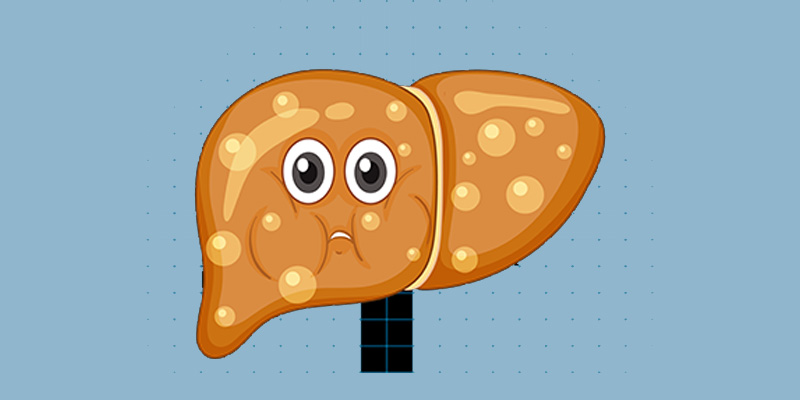- +91 8291896465 (9:00am to 6:00pm)
- +91 2268360000 | +9372507753 (24/7 Hrs)
- childliverguthealth@yahoo.com

Non-Alcoholic Fatty Liver Disease (NAFLD) is the one of the most common chronic liver disease in children, characterized by excessive fat accumulation in the liver, unrelated to alcohol consumption. It ranges from simple steatosis (fat accumulation) to Non-Alcoholic Steatohepatitis (NASH), which can lead to fibrosis and liver damage. It is also called as MASLD (Metabolic Dysfunction-Associated Steatotic Liver Disease)
Obesity & Overweight (strongest risk factor)
Insulin Resistance & Type 2 Diabetes
Metabolic Syndrome (hypertension, dyslipidemia, central obesity)
Sedentary Lifestyle & Poor Diet (high sugar, processed foods, sugary drinks)
Genetic & Ethnic Factors
Progression to NASH (inflammation & liver cell injury)
Fibrosis & Cirrhosis (advanced liver scarring)
Cardiovascular Disease (main cause of morbidity)
Type 2 Diabetes & Metabolic Syndrome
Hepatocellular Carcinoma (rare but possible in severe cases)
Lifestyle Modifications (First-Line Therapy)
Weight loss (5-10% of body weight) improves liver fat and inflammation.
Healthy diet (low sugar, high fiber, lean proteins, omega-3 fats).
Regular physical activity (≥1 hour/day of moderate-intense exercise).
Medical Therapy (for high-risk cases)
Vitamin E (in non-diabetic children with biopsy-proven NASH).
Metformin & GLP-1 analogs (in cases with insulin resistance, still under research).
Monitoring & Follow-Up
Liver function tests, ultrasound, and FibroScan to assess disease progression.
Multidisciplinary care involving hepatologists, endocrinologists, and nutritionists.